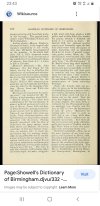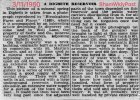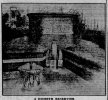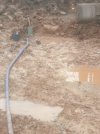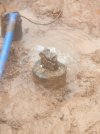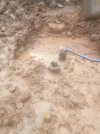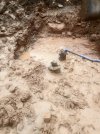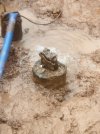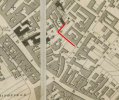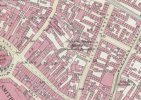Pedrocut
Master Barmmie
"Just past there on the right is Well Lane, which got its name from the artesian well bored about 1870..."
If you look at the sale in Post 38 for the year 1835 you can see that Well Lane was at that time called Well St. So it seems unlikely to get its name from a well bored in 1870?
If you look at the sale in Post 38 for the year 1835 you can see that Well Lane was at that time called Well St. So it seems unlikely to get its name from a well bored in 1870?
Last edited:

